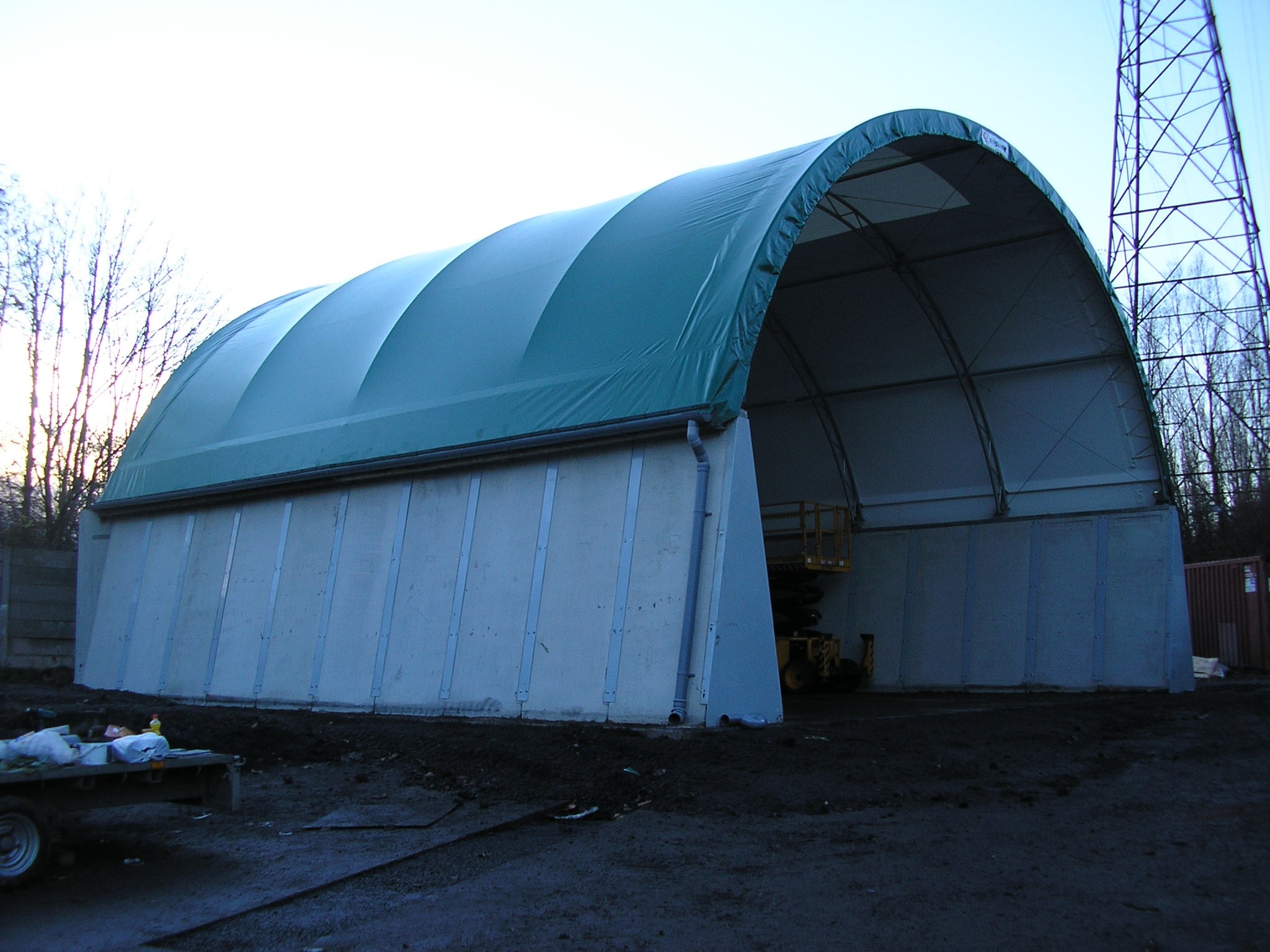 Description:
Description:
The Alfabloc is a very structurally efficient and versatile concept in design. It is a very solid and stable freestanding walling option made up of A-frame style concrete blocks used primarily for retaining and security applications. In the majority of working conditions the Alfabloc units are lowly stressed and provide a robust retaining structure.
Features:
All blocks have a hollow cavity in the centre of the A-shape. This reduces weight, saves cost and provides a secure cavity in which CCTV, electrical, data, etc cables can be securely placed.
The foundation for the Alfabloc system is usually the new or existing concrete surface bed onto which stored materials will be contained. The loads imposed by the Alfabloc units are usually no more than the wheel loads imposed by the mechanical plant utilised to move the stored material.
Advantages of Alfabloc precast concrete walls :
- Quick and Easy Installation – With a forklift, this can be a ‘one-man’ job.
- No protruding toe – Allows easy cleaning and unloading. No toe to get caught by vehicles or equipment.
- Freestanding – No ground fixing required in most loading cases.
- Load-bearing – Can be loaded from either or both sides.
- Delivered upright on flatbed trailers.
- Bay configurations can be changed in minutes.
- Interlocking – Blocks interlock to form a solid wall.
- Threaded inserts are cast into the block for connecting or lifting purposes.
- Entire wall can be dismantled, collected and moved to another location as easily as initial delivery from factory.
- Indestructible wall – can pump hollow sections with concrete on site.
- Top Channel – Standard cast in threaded inserts allow fixing of top channel.
Rocla’s new products offer the ultimate product for this application, coupled with quality controlled manufacture, quick and easy installation and saving in materials due to high strength concrete and precast technologies and efficiencies.
Currently these type of fences/walls are constructed using steel fencing, brickwork or in-situ concrete. Either which way, these are all either partially or entirely constructed on site. This, unfortunately, brings with it all the problems normally associated with site manufacture :
- Are the correct quantities of materials being used ?
- Site conditions never come close to ideal curing conditions.
- General poor quality workmanship on site due to insufficient skills and/or supervision.
- Normal long time frames with delays caused by weather, labour, materials, etc.

